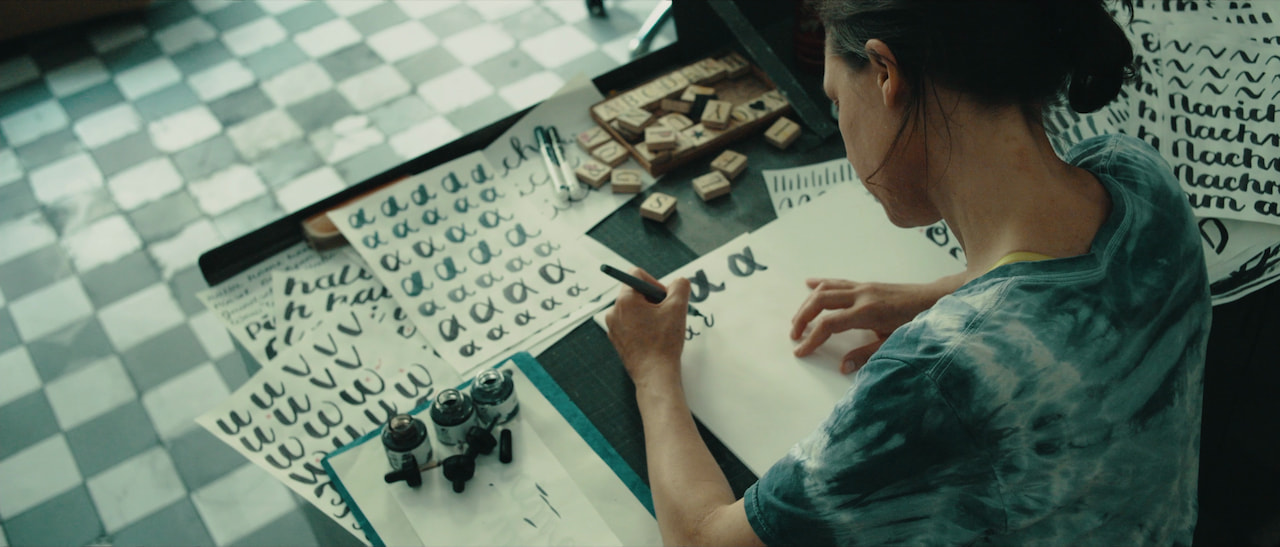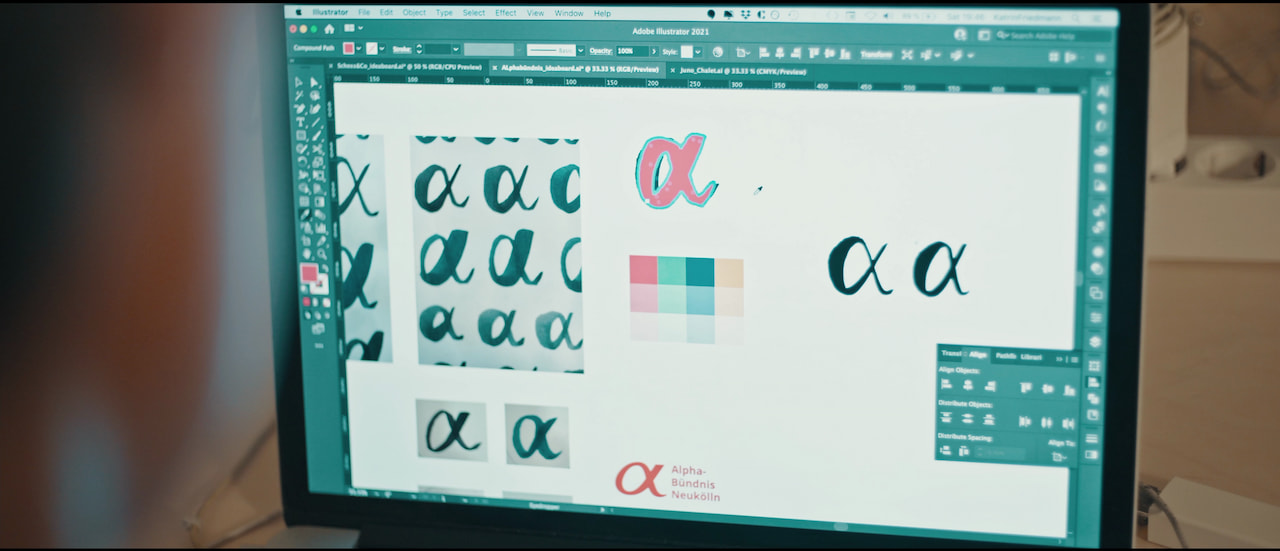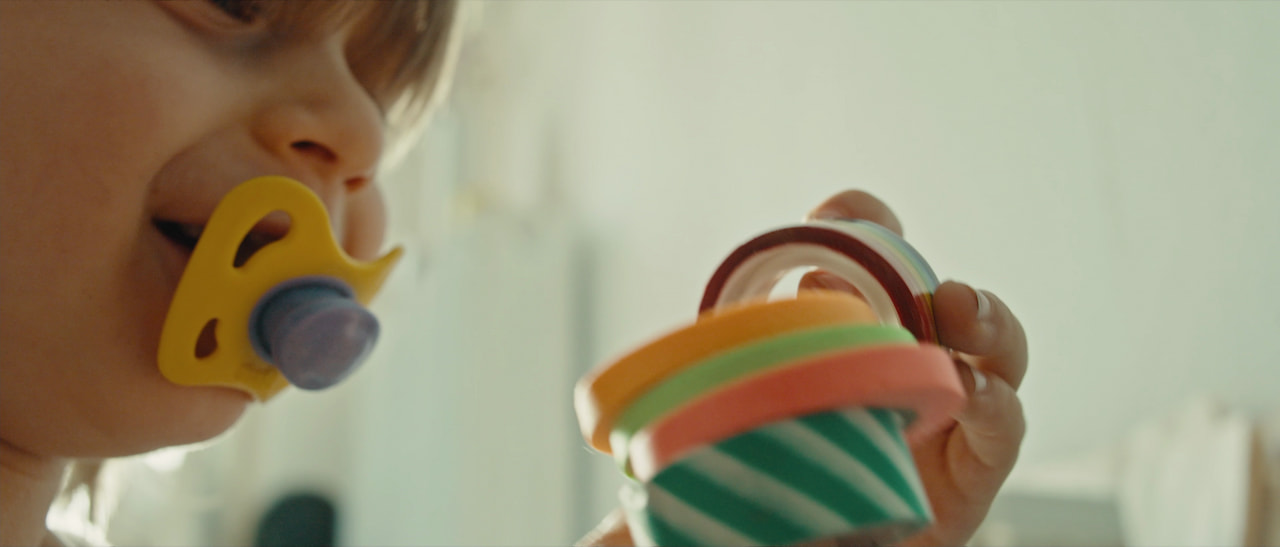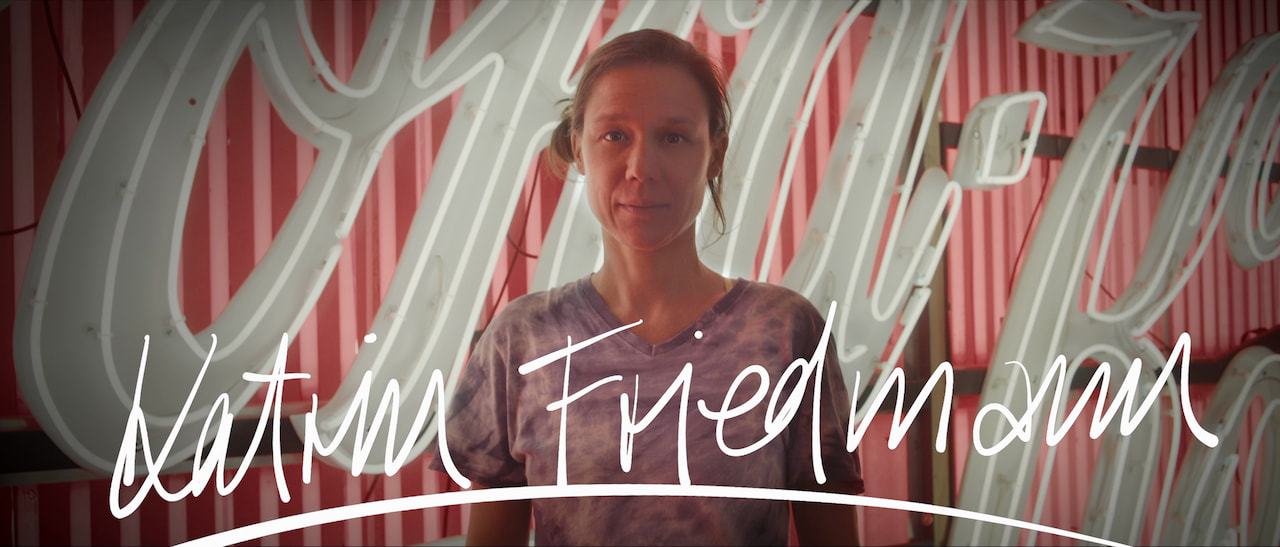Create: a documentary series by Muse
In this new documentary series, we show the story of individual creative professionals. How they do what they do, why it's important, and why it's worth celebrating their work.
The first episode is available on YouTube, embedded later in this memo. Read only for the backstory of why we’re doing this, and how you can help with feedback and by suggesting other people as protagonists for future episodes.

Muse is a tool for deep thinking on your iPad. It was conceived in a research lab, and there what would become the Muse team spent years interviewing creative professionals about how they work. These interviews run a wide gamut, including:
- Designers including web designers, illustrators, type designers, and product designers
- Writers including bloggers, Substack paid newsletter creators, and book authors
- Academics including historians, computer scientists, and mathematicians
- Architects, interior designers, and others who work with physical spaces
At first this was pure ethnographic research: simply asking how they work, what tools they use, and how they get their ideas. Later we were doing usability testing for research prototypes. And now we interact with thousands of creative professionals via the Muse support channels.
Through all of this, our team has come away with many observations and insights about how people work. And indeed, Muse exists precisely to roll up those observations into a general-purpose tool for thought.
But it feels like a shame that, in the translation from user interviews to general product principles, the human stories behind it get lost.
Sharing these stories
How can we share these insights with the world, beyond the design decisions that go into Muse the software tool?
Our huge pile of user interview notes in Google Docs, Notion, and elsewhere would not be legible for others, even if we had permission to share these private notes. Certainly we could try to turn this into an academic survey paper which describes the patterns in an abstract way. And probably that would be valuable; but we wanted something more emotive.

Film is a uniquely powerful medium for conveying stories, and two that our team particularly enjoys are the Netflix documentaries Abstract and Chef’s Table. These are gorgeously-shot, multi-hour series likely with multimillion dollar budgets; but is there a scaled-back version within reach of our small team?
The vision for Create
Thus our concept is a series (perhaps six episodes) profiling creative professionals from different fields. Some goals:
- Decode the creative process by showing the creator at work, asking them to give us access to their raw and vulnerable early-stage work.
- Lionize creators. Show what’s interesting about their discipline, why their work is hard and important, maybe inspire others to follow in their footsteps.
- Show Muse in the creative process, in the cases where the episode’s protagonist is a Muse user.
Watch the pilot episode
Here’s our first episode, featuring type designer and brand identity creator Katrin Friedmann:
What we’re trying to convey
The list of observations on creative professionals from our interviews is very long. But as just a taste, here’s a few insights that we hope to convey through this first episode and future ones.
The creative process is messy
A refrain we here constantly is “oh, my sketches are ugly” or “I’m embarrassed to show you my early drafts” or “I’m sure other people have a better system, I’m sloppy.”
Even great makers have messy, ugly, and unimpressive drafts at the start.
It’s an act of vulnerability on behalf of Katrin (and future protagonists) to show this work. But this is part of the magic: seeing how a napkin sketch transforms into something complex and beautiful.
Get away from the computer
Everyone has their own way of leaving the focused posture of the desk and keyboard. Katrin, for example, goes to her dining room and works with a brush pen—initially just as a meditative act, but eventually this gives her an idea for the client project, to use a series of hand-drawn alpha characters as the type for the logomark.
Other common methods include taking a sketchbook to a coffee shop, going for a run or a swim, or talking a long walk—like Charles Darwin’s specially-constructed thinking path at his home.
Sources of inspiration come from unexpected places
Curiosity and inspired creation go together—partially because you never know where you might find inspiration. In one famous example, Steve Jobs implemented sophisticated fonts in the original Macintosh partially because of a calligraphy class.

In the Create pilot episode, Katrin shows us how her kids are a source of her inspiration. By engaging with her kids in artistic endeavors, she’s learned to be freer and more open.
(We had to cut it for time, but Katrin curates her so-called Little Museum of Modern Art of children's artwork, showing her devotion to this topic!)
What’s your weird, unusual, or surprising source of inspiration?
Parallels between fields
One might expect that the creative process for a brand designer is entirely different from a video game designer, and that in turn from a journalist, and that in turn from a medical researcher.
But the patterns we’ve seen in all this user research is that many elements of the creative process cut across disciplines. The role of digital technology (when to use it, when to get away from it); how to find and consume raw material for your field; how to know when a problem needs more thinking versus when a solution is ready to be executed; and so on.
Naturally this won’t be visible in a single episode—although perhaps you already see similarity between Katrin’s process and your own. But we hope that a series of such episodes would lay these patterns bare.
And one more thing: makers are inspiring ❤️
Speaking more personally for a moment: we’re inspired to build Muse in hopes of supporting great makers in what they do. And seeing the inside story on what they do is part of what gets us out of bed in the morning.

The thought and care that a restaurant owner puts into crafting their menu; the subtle choices that a software engineer must make in their machine learning model; the striving that a fiction author does to find that breakthrough story element that will make their characters memorable and compelling.
We live in a society that puts athletes, actors, politicians, and astronauts on a pedestal. But we want to see thinkers and makers be celebrated as well. Create is one small contribution to this end.
Give us your feedback
Like one of our product beta features, consider this first episode an experiment. We’ll decide whether to continue the series based on your feedback. Is this interesting, worthwhile, and relevant to the Muse mission of helping people be more thoughtful and creative? Email us.
And: give us a suggestion for a future protagonist! This short form will let you nominate someone. Tell us why you find their work and creative process inspiring.
